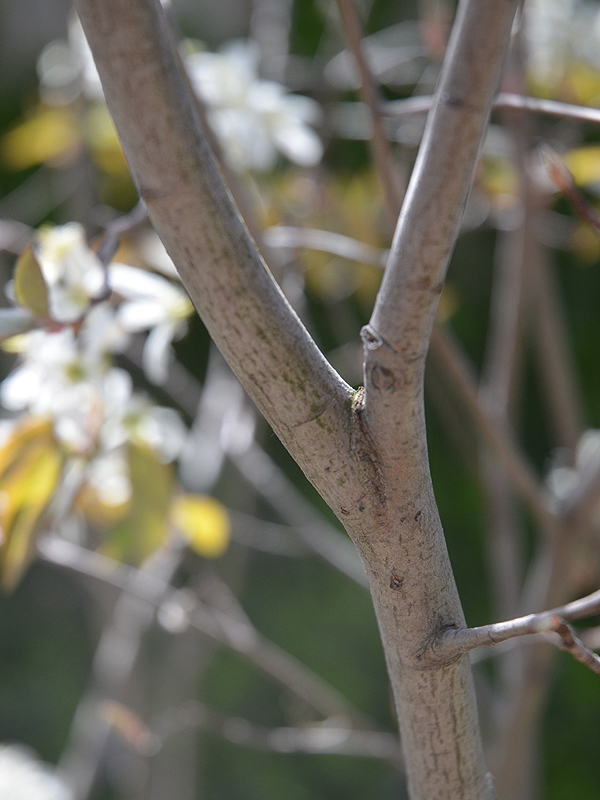
Woody > Abelia > Abelia x grandiflora > Abelia x grandiflora 'Gold Spot'
Abelia x grandiflora
'Gold Spot'
Gold Spot Abelia
Origin: The genus Abelia is named after Dr. Clarke Abel (1789-1862) a surgeon and naturalist who during 1816-7 accompanied a failed diplomatic mission to China but while there collected a small flowering shrub which was later named Abelia chinensis. On a return voyage back to England, Abel lost of all of his specimens both due to pirates and a later shipwreck. It was not until 1844 that the plant would be introduced into cultivation through the efforts of Robert Fortune. Fortune working for the Horticultural Society of London, which was later to become the Royal Horticultural Society collected both A. chinensis and A. uniflora on the same expedition.
Mike's
Opinion


"
There is some question of hardiness surrounding this plant and the Abelia species in general in Canada; They do not seem to be reliably hardy, that said however, they are quite an attractive plant and worth the risk of trying to grow them since they are, to me, a more compact version of the old garden standby the Beauty Bush (Kolwitizia amabilis).
Michael Pascoe, NDP., ODH., CLT., MSc. (Plant Conservation)
"
| Family |
| Caprifoliaceae |
| Genus |
| Abelia |
| Species |
| x grandiflora |
| Cultivar |
| 'Gold Spot' |
| Category |
| Woody |
| Type |
| Shrub (deciduous), Shrub (evergreen) |
| Pronunciation |
| USDA Hardiness Zone |
| 5a |
| Canadian Hardiness Zone |
| 6a |
| RHS Hardiness Zone |
| H6 |
| Temperature (°C) |
| -23 - (-21) |
| Temperature (°F) |
| -10 - (-5) |
| Height |
| 0.9 - 1.8 m |
| Spread |
| 0.9 - 1.8 m |
Photographs
Description and Growing Information
Flowering Period
| General Description |
| A low growing shrub with light gold/green foliage and masses of pink tubular blooms in late spring. |
| Landscape |
| A class shrub used as a detail element in either the formal or informal garden. I have not seen this planted 'en masse' but would think that it might be quite appealing. |
| Cultivation |
| Soil should be well drained and although not choosy about soil pH, plant flourish on alkaline soils. Plant in full sun but protected from strong winds. Prune annually to remove old branches and retain the arching form of the plant. |
| Shape |
| Spreading. |
| Growth |
| Fast |
| ID Characteristic |
| Acutely pointed leaves that are opposite in arrangement, with a slight gold tinge which is more prominent in spring but gradually fading over the summer months. Flowers are about 3 cm long, tubular, pink with a slight variation in colour in the throat. |
| Pests |
| Usually pest free. |
| Habitat |
| Horticultural origin. |
| Leaf Description |
| Acutely pointed leaves that are opposite in arrangement, with a slight gold tinge which is more prominent in spring but gradually fading over the summer months. Leaves are about 2-4 cm long and 1-2 cm wide. There is little autumn colour change. Typically evergreen but deciduous in the northerly limits of its range. |
| Flower Description |
| Flowers are about 3 cm long, tubular, pink with a slight variation in colour in the throat, surrounded by darker coloured sepals. Flowers appear in one dominant flush in late spring (June). |
| Colour Description |
| Foliage is light gold to rich emerald green while flowers are a light pink. There is little change to the foliage colour in the autumn. |
| Texture Description |
| A fine textured, sprawling shrub with a compact form. |


